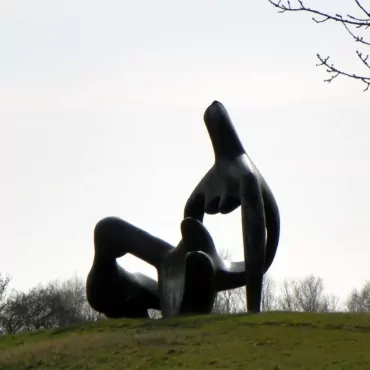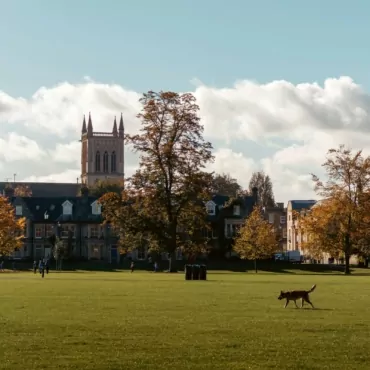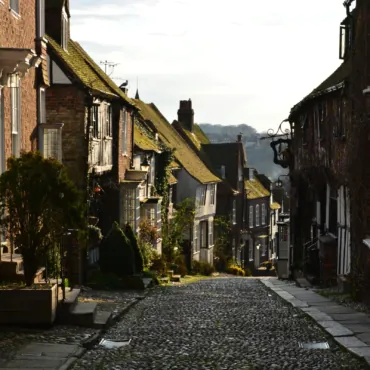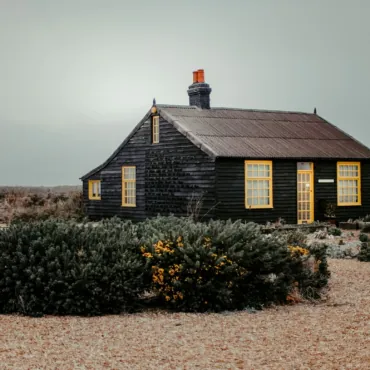Hatfield House.

Hatfield House is a prime example of a Jacobean aristocratic residence, perfectly preserved to this day. The estate became famous because Elizabeth I and her brother Edward VI settled there during the Reformation. The Queen is said to have been very fond of Hatfield House, unlike her successor James I, who later gave the palace to her chief minister, Robert Cecil, 1st Earl of Salisbury. In memory of Her Majesty and the old days, the house retains many curious artifacts. For example, you can see a pair of gloves and even Queen Bess stockings there.
While walking through the palace, be sure to visit the Marble Hall, which houses the Rainbow Portrait of Elizabeth, painted between 1600-1602. It prominently displays the inscription “Non sine sole iris” (“Without rainbows there is no sun”), reminding visitors that only the Queen’s wisdom can ensure England’s peace and prosperity. Afterwards, check out the local gardens: legend has it that there is an oak tree where young Elizabeth learned of her accession to the throne.
By the way, don’t be surprised if the estate looks familiar. Many movies have been filmed there, including Batman, Lara Croft: Tomb Raider, The King’s Speech, Harry Potter and the Deathly Hallows: Part 2, The Favourite, and the television series The Crown.
Waddesdon.
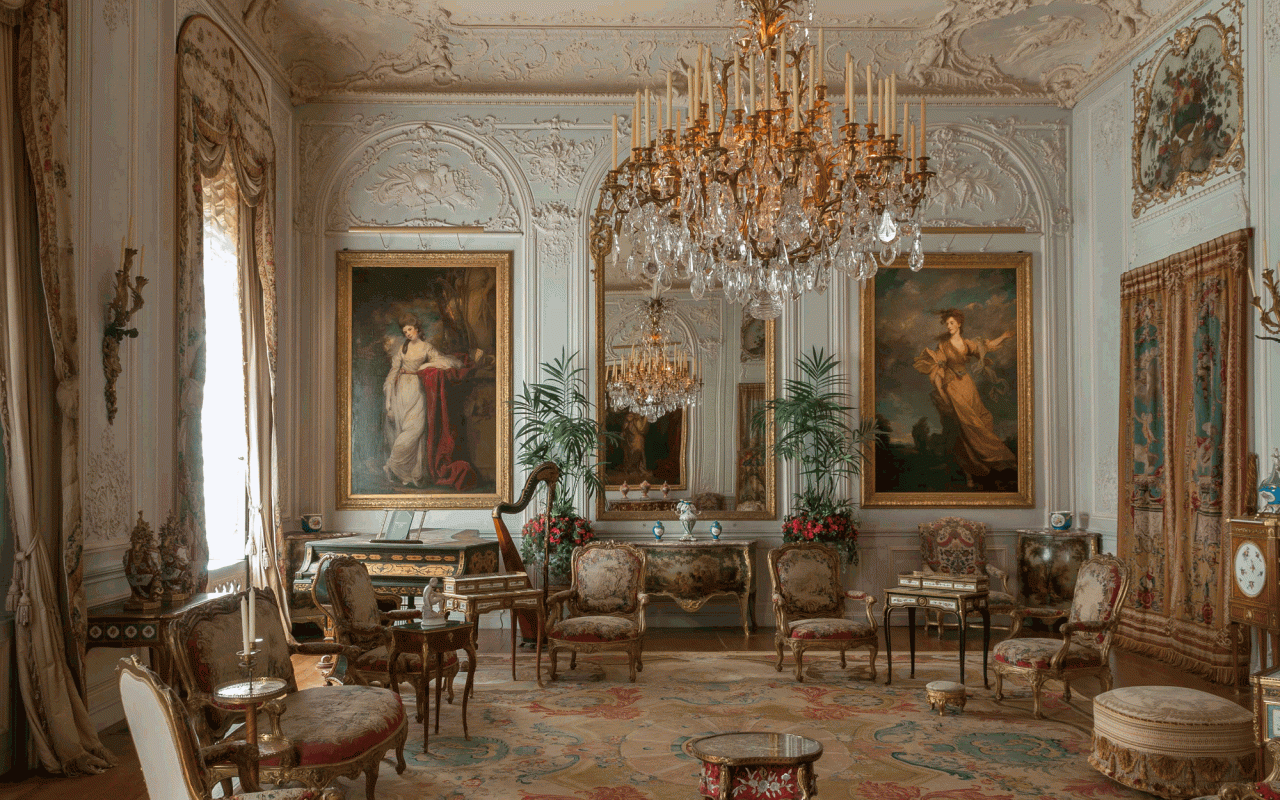
In 1874, the land on which the luxurious Waddesdon Estate now stands was bought from the Duke of Marlborough by Baron Ferdinand de Rothschild. At that time there was no house there, no park or garden, just a bare hill. The main building was built only nine years later, in 1883, on the occasion of which Rothschild gathered here a modest party for twenty guests. From then on, every weekend from May through September, he hosted receptions at the house, frequented by British aristocrats, including King Edward VII. In 1890 Queen Victoria herself visited Waddesdon and was impressed by the beauty of the estate. Interestingly, what struck her most were the electric lights installed, designed as candles in chandeliers.
Of course, the Rothschilds were the greatest collectors of their time. The villas they built around the world and the interiors they created became known as Le Goût Rothschild. Waddesdon is no exception in this regard. The house has a rich collection of works by English painters – Joshua Reynolds, Thomas Gainsborough, George Romney, and there is also a room decorated with paintings by Russian artist Lev Bakst.
Personal tip: if you decide to go to Waddesdon, check out the local gift store. There you can buy wines from Rothschild vineyards scattered around the world, from France to South Africa.
Chawton House.

The English writer Jane Austen moved to the village of Chawton in Hampshire in July 1809. Here she worked on her novels Sense and Sensibility and Pride and Prejudice. Not far from the home of the writer, in the same village, lived her older brother Edward, who owns the estate Chawton House, where Austen often came to visit. Mr. Knightley’s Donwell Abbey in “Emma” is said to have been modeled exactly on Chawton House.
The estate itself was built by John Knight in 1580. It houses a magnificent collection of books that Jane Austen once enjoyed as well. Also at Chawton House is the research library of the Center for the Study of Early Works by Women Authors – 1600-1830.
The local cuisine is worthy of special attention. A small Victorian-style cafe is now open, serving English cream tea with scone buns and a classic Victoria Sponge cake. After tea, be sure to go to the writer’s house – compared to Chawton House it seems quite modest and small.
Kelmscott Manor.

In 1871, the family of English artist, poet and socialist William Morris moved to Kelmscott Manor. He loved the house as a work of true craftsmanship, completely untouched and unchanged, harmonizing with the village and surrounding countryside. After Morris’ death in 1896, the estate was purchased by his wife Jane, and his daughter May spent most of her adult life there. Today, the artist’s paintings can be found in the home, as well as furniture, original textiles, rugs and ceramic pieces.
By the way, the estate’s garden was also very much liked by Morris, moreover, it even corresponded to the artist’s ideal. William considered him “shut off from the outside world” and so rarely interfered with his natural life. Walking along the paths, one begins to realize where exactly the artist looked for inspiration to create world-famous designs that remain relevant to this day.
Highclere Castle.

Highclere Castle, the 17th century ancestral home of the Earls of Carnarvon, is internationally famous for the television series Downton Abbey, which was filmed here from 2010 to 2015. Its neo-Gothic facade, designed by architect Sir Charles Barry, author of the British Parliament building, adorned the backdrop of the movie, while the interiors, designed by Thomas All in the second half of the 19th century, became the set for the costume drama.
In reality, however, the story of the castle was no less fascinating than on the screen. During the First World War it was used as a hospital for soldiers, where the Countess of Carnarvon herself worked as a Sister of Mercy. And in 1922, the name of her husband George Herbert, 5th Earl of Carnarvon, made headlines around the world: together with archaeologist Howard Carter, he discovered the tomb of Tutankhamun. The Egyptian treasures he brought back from his expedition can still be seen in the hallways of the house.
The castle is now owned by the eighth generation of Carnarvons. For a few months out of the year, they open most of the castle to the public – except for the rooms they live in themselves.
Newstead Abbey.
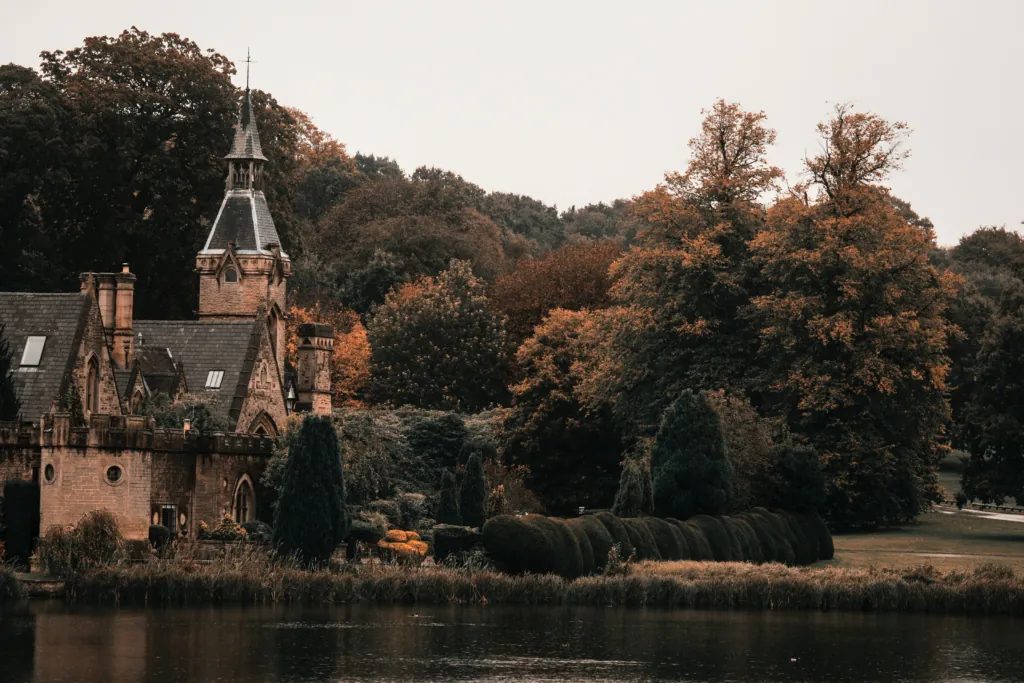
In the 16th century, King Henry VIII of England gave Newstead Abbey, which was once an Augustinian monastery, to Sir John Byron, an ancestor of the English Romantic poet George Byron. The latter came into possession of the magnificent house and title in 1798 – before he had graduated from Harrow school and written the poem “Childe Harold,” which brought him world-wide fame and success.
The estate was where George Byron and his mother lived at times. In the beginning, the scale of the house appealed to them, but the heir soon realized that Newstead required considerable funds to maintain. The abbey was then leased to 23-year-old Henry Edward Yelverton, 19th Baron Grey de Ruthin – the rent was £50 a year.
Nevertheless, the poet’s personal belongings can be found in Newstead today: letters, manuscripts, a pistol and the desk at which some of his work was written. In addition, the grave of the poet’s favorite dog, a Newfoundland named Botsman, is preserved on the territory of the abbey. She died of rabies in 1808.
Chatsworth House.
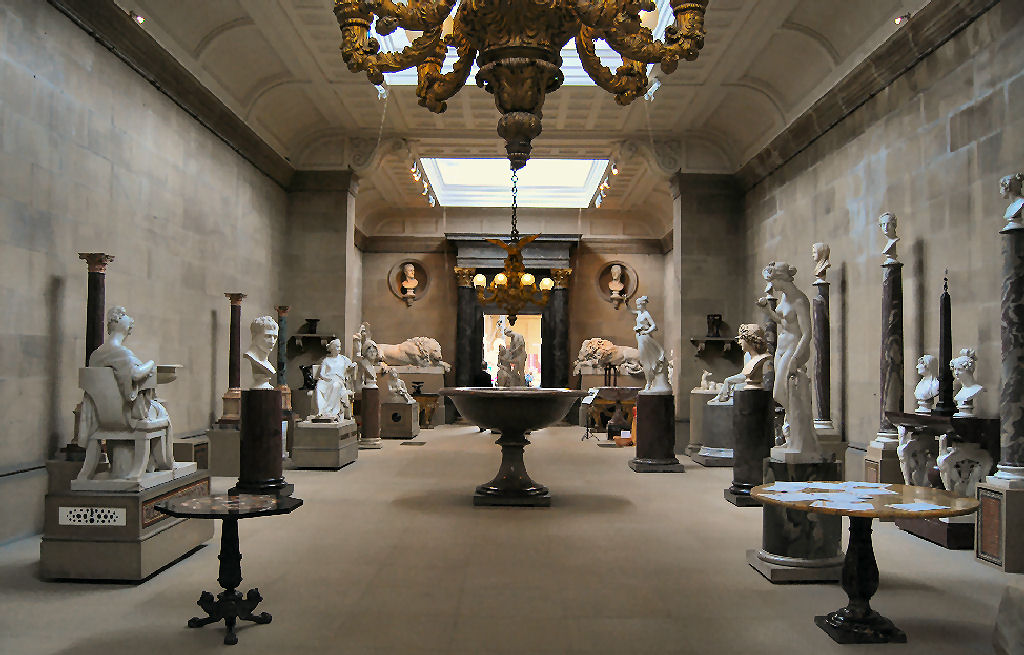
Chatsworth House, the residence of the Duke of Devonshire, is considered the treasure house of England. It is situated on the east bank of the River Derwent, in the middle of parkland surrounded by wooded hills that transition into picturesque heathland. Inside Chatsworth House there are 126 rooms (but no more than 30 of them are open), a painted hall, a family chapel, royal state rooms and a sculpture gallery. The walls of the estate also house the Devonshire Collection, one of the most important art collections in Europe, which includes works by Rembrandt, Reynolds and Veronese, as well as prominent contemporary artists such as Lucian Freud, Edmund de Waal and David Nash.
As with other estates, by the mid-twentieth century the owners of Chatsworth House realized that they could not maintain the house on their own resources. So in 1949 the estate was opened to the public – over 105,000 people visited it in a year – and in 1981 the management of the estate was taken over by the Chatsworth House Trust, a charity overseen by the 12th Duke of Devonshire and his family.
By the way, another way of “earning” for such houses is shooting in movies. For example, Chatsworth House can be seen in the movies Pride and Prejudice, The Duchess, and The Wolf Man.
Photo: Wikimedia Commons, Unsplash, Chawton House
